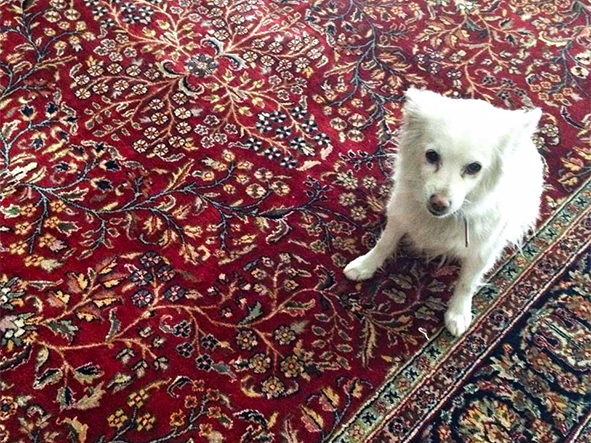Persian rugs have been long adored for their sumptuous colors, inimitable craftsmanship, and intricate designs. The Persian rug has a timeless appeal to it. It is a culmination of artistic magnificence. It adds an element of class to just about any environment. Owning a Persian rug is like owning a valuable piece of history. The art of carpet weaving in Iran originated more than 2500 years ago. The Iranians are amidst the pioneering carpet weavers of the ancient civilizations. They achieved an unmatched degree of perfection in their art of carpet weaving through centuries of ingenuity and creativity. Here are a few crucial indicators that tell you whether or not you are buying a true and authentic Persian carpet.
The Charming Colours
Traditional Persian rugs are made from natural dyes. They all seem to be coming from nature. Synthetic dyes tend to cover the fiber more evenly. However, natural dyes coat the surface. To check the carpet in question, you can bend and twist the rug to isolate a couple of threads. If you note a slight unevenness, then know that you are working with natural colors. Ideally, a Persian carpet uses vibrant yet earthy colors.
The Handmade Aspect
All Persian rugs are handmade rugs. To check whether a carpet is a handmade rug or not, you can use a few quick and effective checkpoints. For example, you can carefully look at both sides of the carpet to check whether they mirror each other in terms of design and craftsmanship or not. You must also check whether or not you can recognize individual knots on the backside of the rug. If you are able to recognize individual knots at the back of a rug, then it is most likely a handmade rug. To learn more in detail about a handmade aspect of a rug, you can read our blog How to Tell if a Rug is Handmade?
Design Name
Every city in Iran has a unique and distinguished handicraft. Persian rugs are very diverse in design right from curvilinear floral patterns to nomadic tribal pieces. All their designs are traditional and display splendid and intricate craftsmanship. Persian carpet designs are always named after the town in Iran the belong to. For example, a Hamadan rug would come from Hamedan, a Qum rug would come from Qum, a Kashan rug would come from Kashan, a Kerman rug would come from Kerman, a Tabriz rug would come from Tabriz and so on.
Material
All Persian rugs are made from natural fibers such as mountain wool, cotton, and silk. Even though a Persian carpet is durable, it showcases a soft texture on both sides. For example, a hundred percent pure silk Persian carpet has a fine texture and a shiny finish. When you are checking a carpet for its material, and you notice that it is made of synthetic material such as polyester, nylon, or artificial silk, then know that the rug in question is definitely not a Persian carpet.
Persian rugs are beautiful pieces of artwork, and you want the real thing that will last for years and bring beauty, function, and value to you and your family for years to come. For an exclusive and genuine Persian rug, you can check out our astounding carpet spread to your heart content. Our extraordinary rug spread caters to the needs of all kinds of rug buyers. You can always get in touch with us for more assistance.

